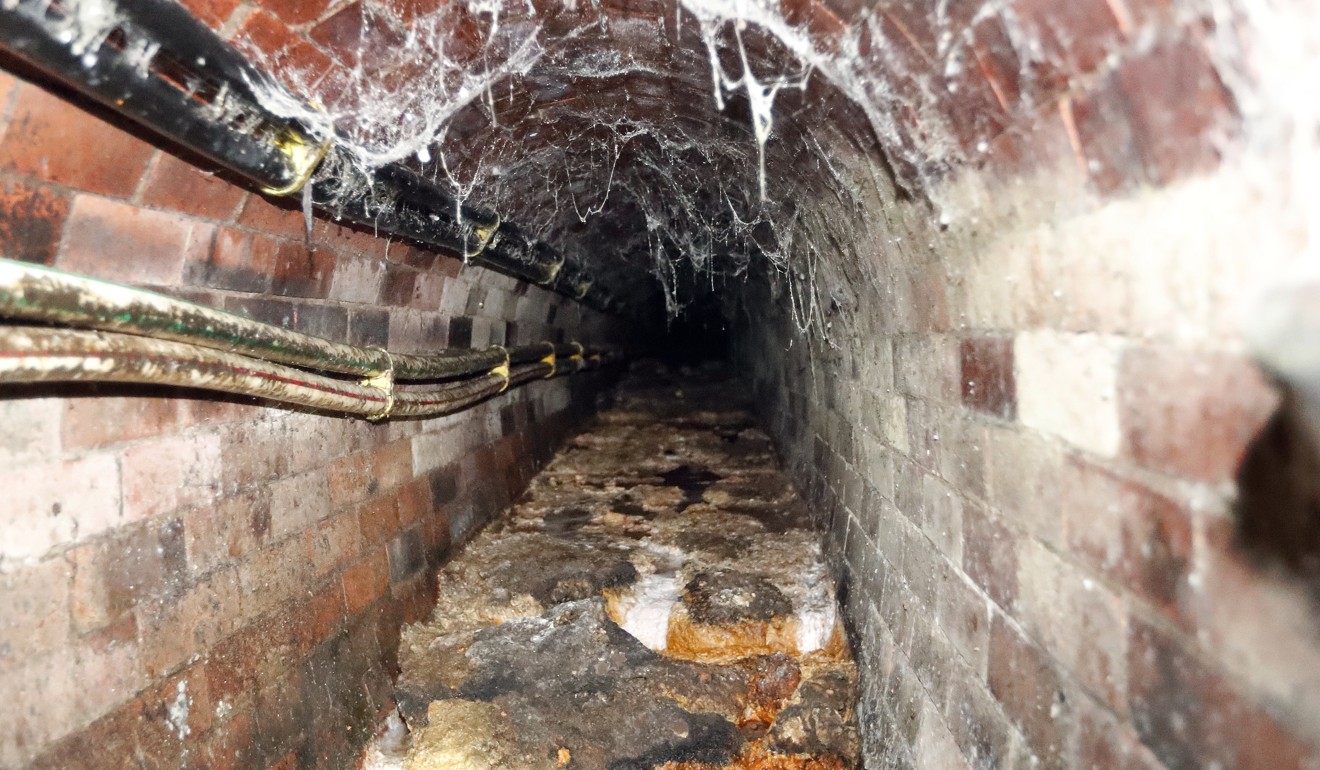
90 per cent of London restaurants are contributing to city’s disgusting fatberg phenomenon
The vast majority of London restaurants and takeaways are responsible for feeding the fatbergs that are choking the capital’s sewers, according to survey findings that Thames Water called “staggering”.
Ninety per cent of eateries in London are contributing to the problem by failing to install grease traps, the report found. As a result, grease, oil and food scraps washed off plates, utensils and saucepans are finding their way into pipes and drains.
The issue hit the headlines last month when a 130-tonne fatberg, described as a “total monster” by Thames Water, was found under Whitechapel Road in East London. The company found that no restaurants on the road had a working grease trap.

The Whitechapel fatberg was 250 metres long – longer than Tower bridge – and weighed as much as 19 African elephants.
Workers armed with high-powered jets and shovels have been toiling seven days a week to break up the blockage, with work continuing into this month to repair the damage it caused to the Victorian sewer system.
If the fatberg had not been discovered during a routine inspection last month the congealed mass of fat, wet wipes and nappies would have risked sending raw sewage flooding on to the streets of east London.
Thames Water said it spent about £1 million (US$1.32 million) a month on unblocking sewers.
Pattenden said restaurants that failed to install grease traps and other measures faced prosecution if they didn’t make required changes.
Despite the time and expense of clearing the Whitechapel fatberg, it will be converted into about 10,000 litres of biodiesel – enough to power 350 double-decker Routemaster buses for a day – Thames Water said.
Tanker-loads of the “evil, gut-wrenching, rancid blob”, as Thames Water waste network manager Alex Saunders described it, have been taken to a specialist plant run by Argent Energy to be processed into the fuel, which burns more cleanly than regular diesel.
He added: “Previously, we’ve either extracted the fatberg out of the pipes and sent it to landfill, or broken it down and put it back through the sewage treatment process. Even though they are our worst enemy, bringing fatbergs back to life when we do find them, in the form of biodiesel, is a far better solution for everyone.”

